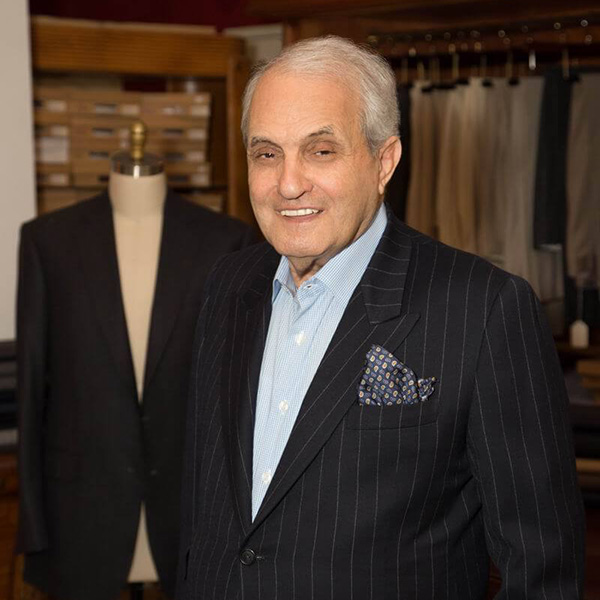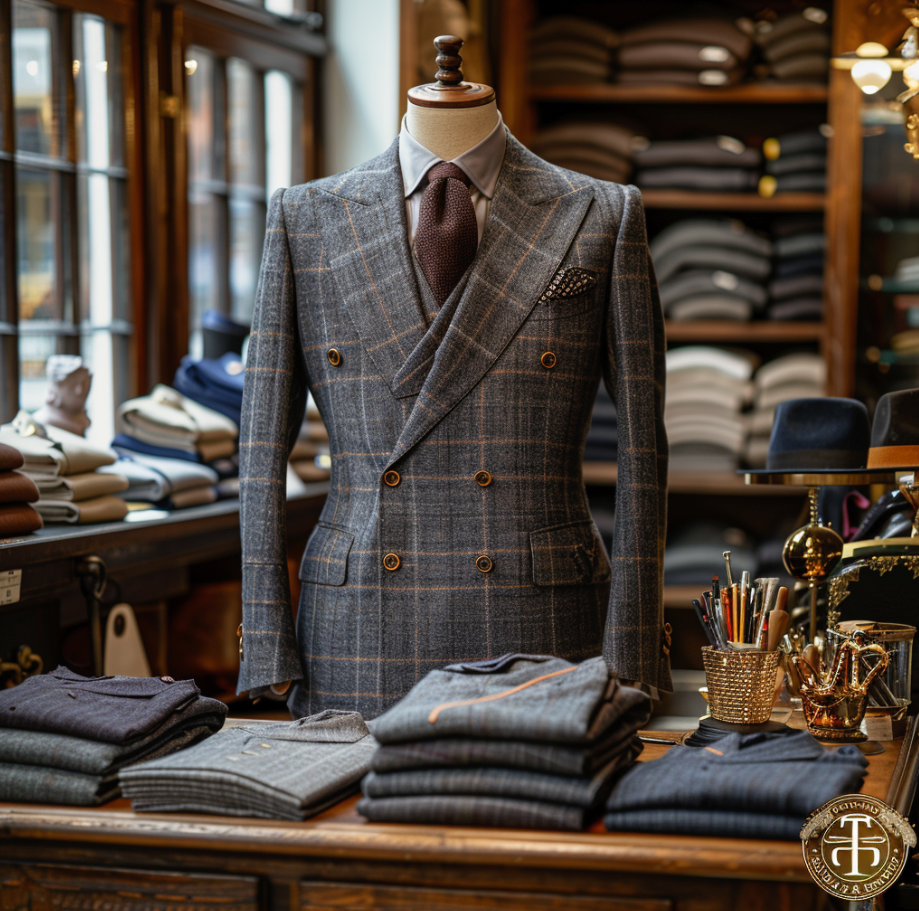How a Bespoke Tailor Produces Custom-made Apparel That Fits Like a Desire
The art of bespoke tailoring is an innovative process that goes beyond mere garments creation, including a comprehensive understanding of specific client demands and preferences. The journey of a custom garment does not finish there; it invites expedition into the nuanced strategies that identify real bespoke tailoring from off-the-rack choices.
The First Consultation
During the first consultation, the bespoke customizing procedure starts with an extensive discussion in between the dressmaker and the client. This vital action enables the tailor to recognize the customer's particular needs, preferences, and lifestyle demands. The dialogue encompasses numerous aspects, such as textile option, style choices, and the planned use the garment, whether for official celebrations, organization settings, or sportswear.
The tailor employs a consultatory method to assess the client's personal design and aesthetic, providing referrals and insights customized to individual preferences. This joint initiative not just fosters count on yet additionally makes sure that the end product will resonate with the client's vision. Furthermore, the tailor may provide a series of fabric examples, showcasing different appearances, colors, and patterns, which serve as a foundation for notified decision-making.
Throughout this examination, the tailor also emphasizes the relevance of functionality and convenience, discussing how these facets can be harmoniously incorporated right into the style. By the end of the first meeting, the tailor and client develop a strong structure for the bespoke journey, setting the phase for a garment that is as one-of-a-kind as the specific it is crafted for.

Gauging for Perfection
With a clear understanding of the client's choices established, the next action in bespoke customizing is the thorough process of measuring for perfection. Precise dimensions are crucial, as they develop the foundation for developing garments that not only healthy perfectly yet likewise boost the client's one-of-a-kind figure.
The gauging process commonly includes a series of precise estimations, catching various measurements of the body. A proficient dressmaker employs an adaptable measuring tape to obtain dimensions for the upper body, waistline, hips, inseam, and arm length, amongst others. Each measurement must be taken with care, guaranteeing that the customer stands in a natural pose to show precise body contours.

Once the dimensions are accumulated, they are carefully documented and evaluated. This data offers as a plan for the garment building and construction, guaranteeing that every item is tailored to the customer's specific measurements, resulting in apparel that feels like a 2nd skin.
Selecting Fabrics and Styles
Selecting the right materials and designs is a critical element of bespoke tailoring that considerably influences both the aesthetic and practical high qualities of the garment. The choice of textile not just More about the author affects the overall appearance but additionally figures out the toughness, drape, and comfort degree of the clothing. A bespoke dressmaker will take into consideration different materials, such as wool, linen, cotton, and silk, each offering special qualities suited for different occasions and environments.
In enhancement to material selection, style plays a vital function in defining the garment's character. Whether choosing for a timeless cut or a modern shape, the dressmaker teams up carefully with the client to comprehend their individual style, making sure the last product mirrors their originality. This procedure encompasses information such as lapel designs, pocket positionings, and button choices, all meticulously tailored to boost the user's figure.
Moreover, the function of the garment-- be it formal, casual, or company attire-- overviews the selection process, developing a cohesive appearance that fulfills the customer's requirements. Ultimately, the thorough interest to fabric and style choice is necessary in crafting a bespoke piece that not only fits completely but additionally resonates with the customer's way of life and individual taste.
Crafting the Garment
Beginning the crafting process, a bespoke tailor diligently converts the customer's vision right into a tangible garment. The dressmaker starts by laying out the picked textile, making sure that the pattern straightens perfectly with the grain.
As soon as the material is cut, the tailor puts together the parts, expertly sewing them with each other to maintain the stability of the layout (Bespoke Tailor Perth). Interest to information is critical; techniques such as hand-stitching or machine-sewing are made use of based on the garment's requirements. Throughout this phase, the tailor may incorporate distinct aspects, such as bespoke buttons or personalized cellular linings, to additionally enhance the garment's originality
The process additionally entails cautious consideration of the garment's framework, consisting of interfacing and canvassing, guaranteeing that it retains its form over time. Each stitch and joint is a testament to the tailor's ability, ultimately leading to a garment that not just fits impeccably but additionally shows the customer's personal style and choices.
The Last Fitting Process
After the garment has this article actually been carefully crafted, the last fitting process is launched to guarantee a remarkable fit and coating. This crucial action includes a detailed assessment where the tailor evaluates the garment on the customer. The very first suitable typically discloses areas that call for change, such as sleeve size, shoulder placement, or waist shapes.
During this suitable, the customer's feedback is indispensable. The dressmaker pays attention attentively to any problems pertaining to convenience or motion, ensuring that the garment not just looks superb yet feels right. Adding and pinning may be employed to visualize modifications in real-time, enabling the tailor to make accurate modifications.
Once changes are made, a 2nd installation may be arranged to verify that all modifications satisfy the customer's expectations. The goal is to attain a smooth silhouette that complements the client's body.
Inevitably, the last suitable procedure encapsulates the bespoke customizing principles: a commitment to personalization and high quality. It is the culmination of virtuosity, cooperation, and ability, causing a garment that not just fits like a desire yet also reflects the unique design of the user.
Conclusion
The bespoke customizing procedure exemplifies the art of developing custom apparel that combines specific style with remarkable fit. With meticulous appointments, exact dimensions, and mindful selection of fabrics, each garment is crafted to fulfill the one-of-a-kind requirements of the customer.
The art of bespoke customizing is an advanced process that transcends mere garments production, involving a detailed understanding of private client needs and preferences. The trip of a custom garment does not finish there; it welcomes expedition into the nuanced methods that distinguish real bespoke tailoring from off-the-rack alternatives.
During the first appointment, the bespoke customizing process starts with an extensive conversation between the client and the tailor.The tailor utilizes a consultative technique to evaluate the client's personal design and visual, providing recommendations and my website insights customized to private tastes.Starting the crafting process, a bespoke tailor carefully converts the client's vision into a concrete garment.